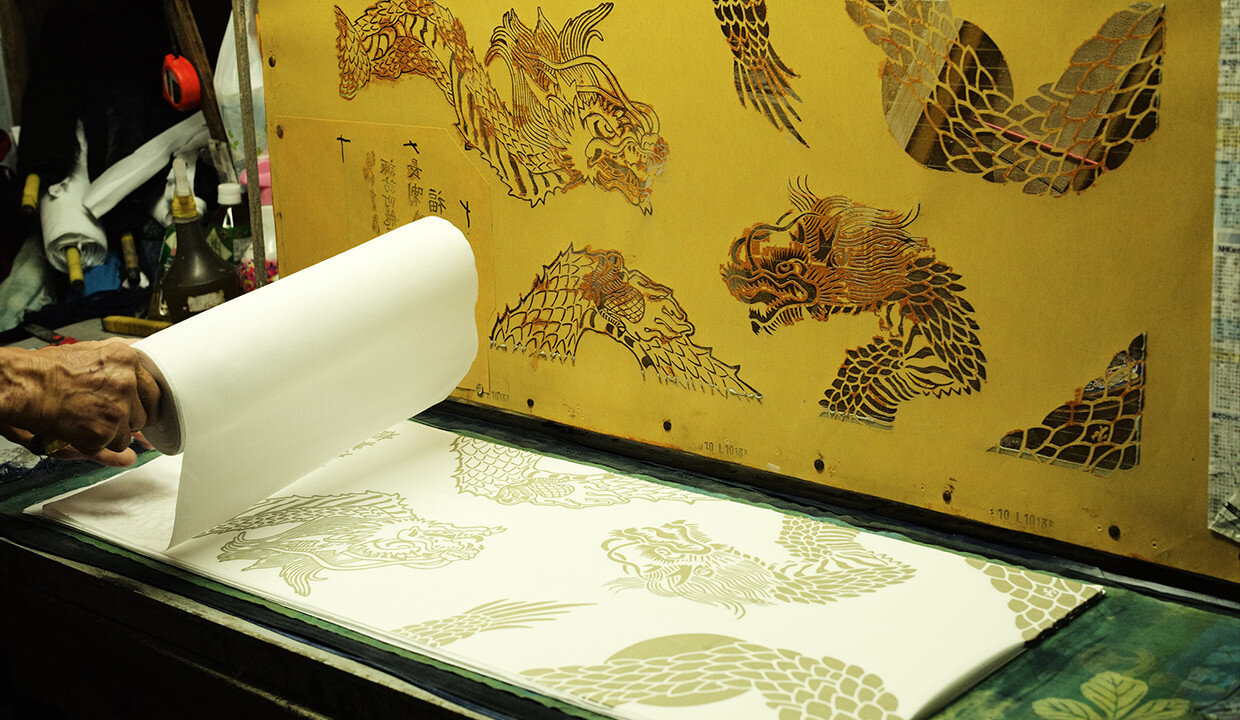THE LOST DIARIES OF WAR
Thousands of Dutch people had been recording their experiences under German occupation since the Nazi invasion four years earlier. .. “Only if we succeed in bringing this simple, daily material together in overwhelming quantity, only then will the scene of this struggle for freedom be painted in full depth and shine,” the minister, Gerrit Bolkestein, said.
THE LOST DIARIES OF WAR Volunteers are helping forgotten Dutch diarists of WWII to speak at last. Their voices, filled with anxiety, isolation and uncertainty, resonate powerfully today. by Nina Siegal and Josephine SedgwickApril 15, 2020
Anne Frank listened in an Amsterdam attic on March 28, 1944, as the voice of the Dutch minister of education came crackling over the radio from London. “Preserve your diaries and letters,” he said.
Frank was not the only one listening.
Thousands of Dutch people had been recording their experiences under German occupation since the Nazi invasion four years earlier. So the words of the minister, part of a government trying to operate from exile in England, resonated.
“Only if we succeed in bringing this simple, daily material together in overwhelming quantity, only then will the scene of this struggle for freedom be painted in full depth and shine,” the minister, Gerrit Bolkestein, said.
VISVIM: Dissertations
Clothing designer Hiroki Nakamura founded visvim in 2020, and his website is as you’d expect for a clothing designer. Nakamura’s included a DISSERTATIONS section, where he posts stories and photos of “things, people, places, or cultures that inspire us in our daily work of making products.” The images and accompanying text give meaningful depth to the site.
Clothing designer Hiroki Nakamura founded visvim in 2020, and his website is as you’d expect for a clothing designer. What’s extraordinary is that Nakamura’s included a DISSERTATIONS section, where he posts stories and photos of “things, people, places, or cultures that inspire us in our daily work of making products.” The images and accompanying text give meaningful depth to the site.
“The depth of the patterns created by the distinct color bleeding and the slightly random contours cannot be reproduced with print dyeing that utilizes machines. We would like to bring this unique technique, which is found only in Japan, to the attention of more people.”
50 OBJECTS: Letting Things Speak
A close friend documents biographical stories of heritage - the work always reveals profound sensitivity to the subject. 50 OBJECTS examines the 'biography of objects that have survived a traumatic period... Material objects have a special resonance for Americans of Japanese ancestry. When an entire racial group was banned from the West Coast during World War II, an ocean of objects was lost forever.”
A close friend documents biographical stories of heritage - the work always reveals profound sensitivity to the subject. 50 OBJECTS examines the “biography of objects that have survived a traumatic period... Material objects have a special resonance for Americans of Japanese ancestry. When an entire racial group was banned from the West Coast during World War II, an ocean of objects was lost forever.”
“Our goal was to take things that remain and excavate their stories while some memory is still alive. What is the biography of objects that have survived a traumatic period? How do things carry memory? How do they tell the stories of people’s lives? We hoped to put a face on objects and animate the inanimate. In recovering these stories, we hope to honor the people who lived them. ”
“BAG BY THE DOOR”
“In the early months of 1942, six-year-old Amy Iwasaki would wake up each morning and go to the front door to see if her father’s packed bag was still there.Her father had bought a leather satchel just big enough to hold belongings for a short trip. It loomed large in Amy’s life.
Genichiro had packed the bag and placed it by the door of their home in East Hollywood in case the FBI came to take him away. He was not guilty of anything other than being an immigrant from Japan, but in the aftermath of Pearl Harbor, he was a potential spy in the eyes of the U.S. government.
“I woke up each morning afraid that he was gone,” Amy told a government commission some 40 years later.
The trauma of not knowing if her father would be taken away while she was asleep became a permanent childhood memory.”









